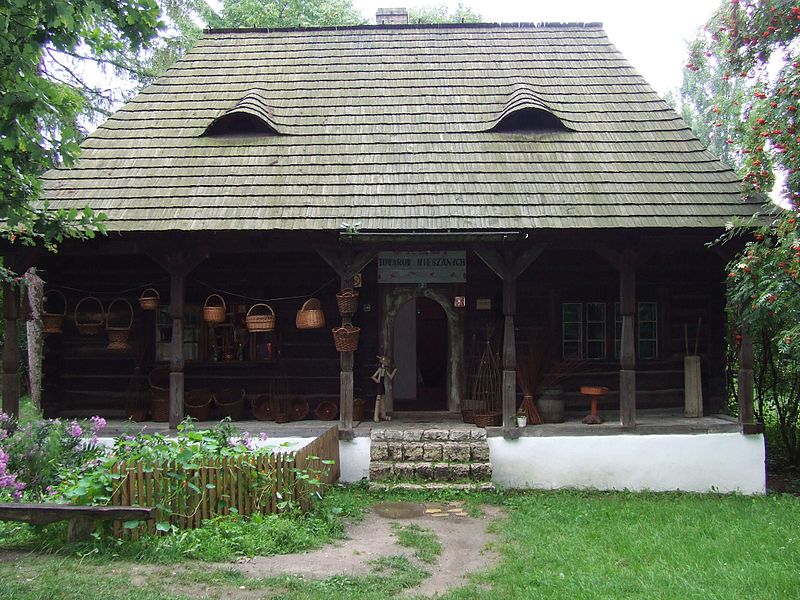Nadwiślański Park Etnograficzny

Facts and practical information
Nadwiślański Park Etnograficzny - the name of the open-air ethnographic museum established in 1968 in the village of Wygiełzów in the commune of Babice, Małopolskie province, where examples of the wooden architecture of the Western Krakowiaks, characteristic of the Kraków area, were collected and made available for visitors. Western Krakowiaks - ethnographic group living from Bochnia, through the area of Kraków, Proszowice, Oświęcim, Wadowice, Olkusz, Miechów, Chrzanów, up to the Przemsza river which is the border with Upper Silesia.
The decision to create the open-air museum was made thanks to the initiative of Cracow ethnographers and art historians, among others the then Cracow Voivodeship Conservator of Monuments Dr. Hanna Pienkowska and Professor Tadeusz Chrzanowski.
Nadwiślański Ethnographic Park in Wygiełzów is located at the foot of the hill Lipowiec, where the ruins of the castle of the same name have been preserved. Until the end of 2006. Until the end of 2006 the open-air museum and the ruins of Lipowiec Castle were administered by the Museum in Chrzanów, and on 1 January 2007 they became part of a newly established institution called the Museum - Nadwiślański Etnographic Park in Wygiełzów and Lipowiec Castle - Cultural Institution of the Małopolskie Province. On 31 December 2011, by the decision of the Minister of Culture and National Heritage, the Museum was entered under item 104 in the State Register of Museums.
Nadwiślański Park Etnograficzny – popular in the area (distance from the attraction)
Nearby attractions include: Energylandia, Lipowiec Castle, Jewish Cemetery, Chrzanów, Irena and Mieczysław Mazaraki Museum.

















